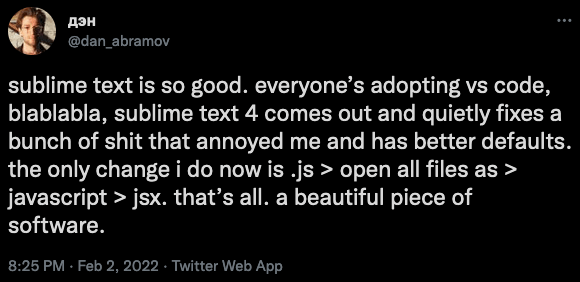The great Kevin Powell talks us through the similarities and differences of align-items and align-content, two confusingly-, similarly-named Flexbox and Grid properties. I think I get it now…
JS Workers are a fantastic way to offload hefty JS tasks to their own thread, freeing the main thread for more mundane things, like rendering your page. But for most, I think, the concept sounds really heavy, like its difficult, and is going to be a lot of work. Kyle DeGuzman does a really great job of explaining the benefits of Workers and simplifying implementation.
How do you do website review and approvals? Saw a recent link to Pastel and was pretty impressed! Load the site being reviewed into their UI, make notes, suggestions, etc., then share a link to your notes. Easy-peasy!
Josh Collinsworth has written A Complete Beginner’s Guide to npm. Whether you are truly a complete beginner, pretty well-versed, or an absolute master on a subject, I always love reading these types of “everything you need to know about” articles… There is almost always some nugget that you either never tripped across or simply forgot over time.
Rachel Andrew shares what’s new in web browsers as of January 2022. Exciting to see some great new support, including Safari 15.4 (Beta) getting ::backdrop, ::focus-visible, accent-color, CSS Containment, <dialog>, loading="lazy" (!!!!), and Web App Manifest icons! Whew!
Man, the GDPR has thrown a few really hard slaps recently… First, finding that using Google Analytics in Austria is illegal (watch for other EU countries to follow), then stating that embedding Google Fonts is illegal, and now saying the IAB Europe’s consent module is illegal…
Hidde de Vries writes a fantastic piece (video also available) that starts by discussing Plato and quotes from Ludwig Wittgenstein before diving into why semantics are so important on the web.
Are your social media embeds killing your TBT, and the planet? Michelle Barker digs into it…
Anybody else still a Sublime Text fan like Dan Abramov?

I switch back and forth, depending on what I am working on. I like VS Code okay, but since I rarely need/use all the “advanced” features (integrated server/browser/live update, Git, etc.), ST still just feels more like home to me… Plus, ST has never made my laptop fan go into airplane mode, which VS Code does if I activate practically any extensions…
Well maybe this deep-dive into VS Code’s inner workings by Jason Williams could help…
Does your business need an independent web performance consultant? Simon Hearne thinks you definitely do…
Adam Argyle offers up a really slick theme switcher component with an animated SVG icon and @media check for user preferences, that also allows the user to switch away from their preference, and remembers that choice in localStorage. Slick indeed!
And while reacting to a users’ preference for things like light or dark mode is great, some other preferences are more serious. James Edwards talks to us about the impact of motion animation on cognitive disability. The bottom line is that, if your site includes animation, you should prevent or remove those animations for anyone that prefers reduced motion.
This can be done via CSS:
@media (prefers-reduced-motion) {
* {
transition: none !important;
}
}
Or via JS:
const prefersReducedMotion = () => {
return window.matchMedia('(prefers-reduced-motion)').matches;
}
If anyone else is still completely unfamiliar with WordPress’ block editor (aka Gutenberg), Ganesh Dahal offers a deep-dive into WordPress Block Themes.
I think we can all agree that hand-coding HTML emails just plain sucks, right? Well Soheil Rashidi has created a command line tool to transpile HTML with Tailwind classes into HTML with inline style attributes… Powerful!
Alita Joyce helps us understand and work toward Inclusive Design.
Inclusive design describes methodologies to create products that understand and enable people of all backgrounds and abilities.
This includes a variety of topics, including accessibility, age, culture, economic situation, education, gender, geographic location, language, or race, and is about providing multiple choices, not multiple options. Alita frames it as offering “checkboxes” instead of “radio buttons”, and goes on to provide numerous examples and options. A great read for anyone interested in thoughtful UI, and a topic we should all take the time to review and think about. Not necessarily through any fault of our own or explicit intention, we can easily not think of something simply because we are not experienced with it. Articles like Alita’s help bridge gaps.
And finally, Victor Shepelev discovered and “spent 24 days digging into” a generative art project (GitHub) by developer and artist Lingong Huang. I do not even begin to understand any of the code, nor have I read all of Victor’s notes. I just think it is absolutely gorgeous, and a tremendous achievement in code… Hope you agree.
Happy reading,
Atg